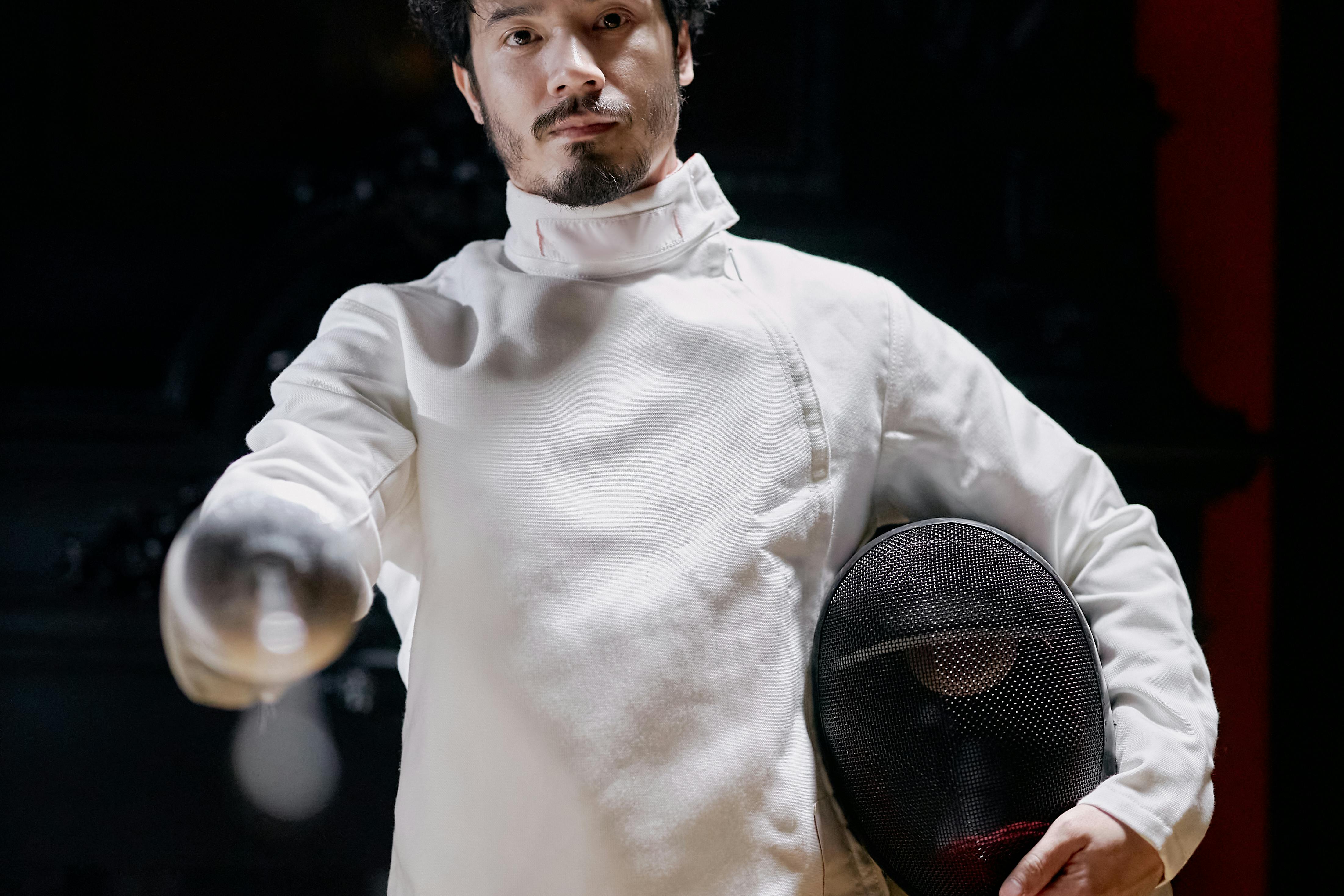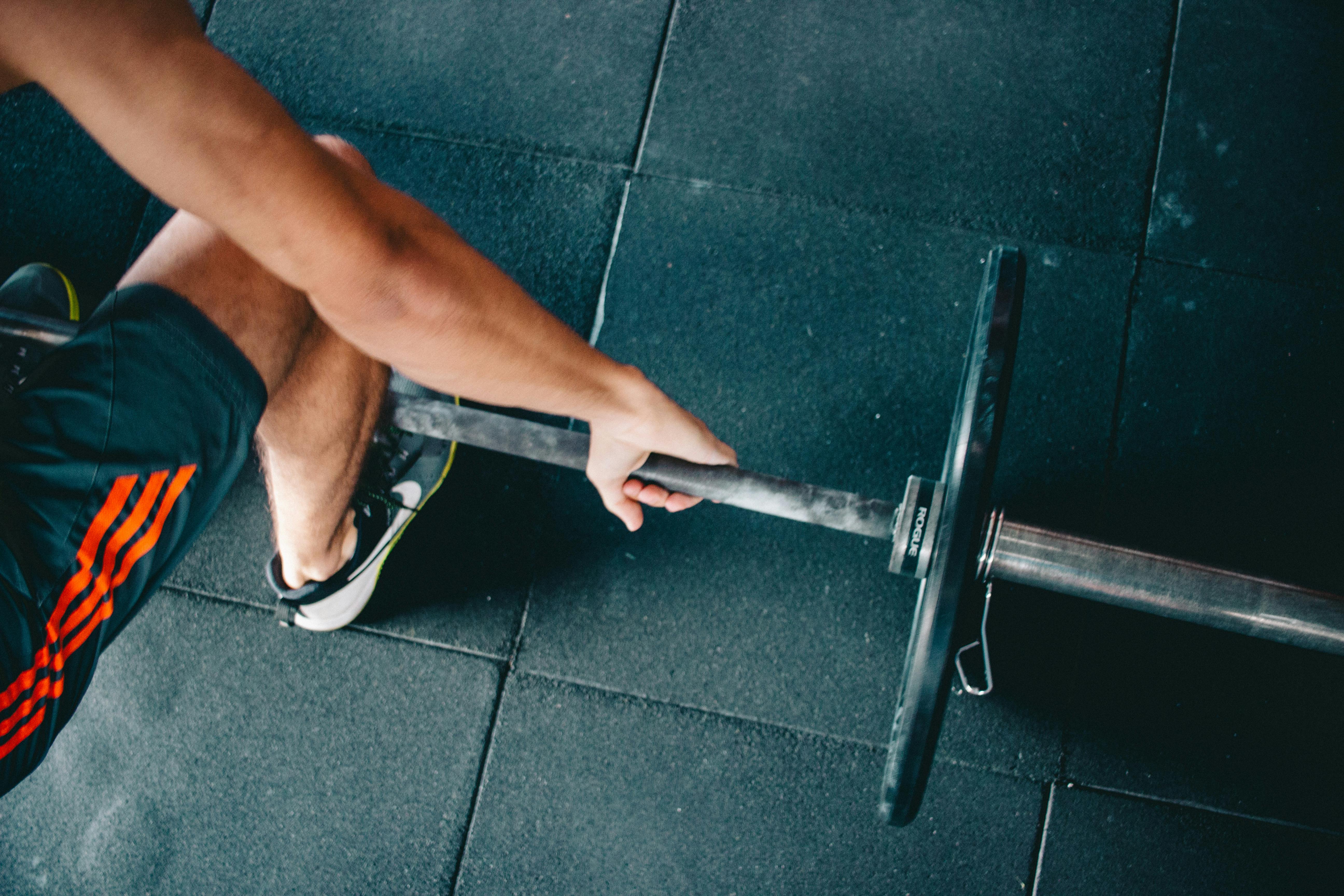Life becomes more difficult for us every day for various reasons, be it the weather, social problems or professional problems. How is this relevant to an article on inspiration? Well, all these factors make you sweat big. And many of us sweat much more than others, making us face embarrassing social situations, particularly with excessive underarm sweating. Even under normal circumstances, underarm sweat is more of a problem than sweat on other parts of the body, as it doesn’t evaporate as quickly. But when we sweat excessively (a medical condition called hyperhidrosis), the problem is exacerbated.
Why is excessive underarm sweating more embarrassing than sweating elsewhere? Because we’re talking about sweat that doesn’t just collect in the armpits, but pools there and sometimes runs down a person’s sides. It goes without saying that such profuse sweating leads to prominent spots that are visible to the world and your friend. These stains not only damage your clothes, but underarm perspiration stains can be difficult to remove. Assuming you don’t want to keep these stains with you forever, here are some tips on how to remove perspiration stains from everyday clothing.
Use a simple detergent: These days, the market is full of liquid laundry detergents, claiming to be specialists in treating tough stains. So, as a first step in removing perspiration stains, you can use any of these available liquid laundry detergents. It’s best to use those that are labeled as containing oxygenated ingredients or those that claim to remove protein-based stains, such as food and grass stains. Apply the detergent on the affected area and leave it like that for 30 minutes. Then wash as usual and air dry.
Use solar energy to remove stains: The sun can also help remove perspiration stains, difficult as it may seem. The only condition is that the sun’s rays get some help from liquid laundry detergents! Soak the affected garment in water and then use the liquid detergent on the stained area. After that, lay out the garment to dry in the sun. However, continue to soak the garment for a while by spraying it with water. After giving it a full afternoon of sun treatment, wash it on cold and air dry.
Use hydrogen peroxide: this is the best possible solution to remove sweat stains from white fabrics. The chemical reacts with proteins in sweat residue and breaks it down, helping to prevent the gradual darkening of the area over time. But you have to be very careful when dealing with colored fabrics because hydrogen peroxide has the same bleaching properties as chlorine bleach. You can mix equal amounts of hydrogen peroxide and water and pour the liquid over the stain, letting it soak in for at least 30 minutes. Wash cold and line dry. If you find the stain still remains, you can soak it for another 30 minutes in a heavy-duty hydrogen peroxide solution.
Use Vinegar and Water – If you find that hydrogen peroxide is too strong for your colored fabrics, then you can use the safer option of a vinegar and water solution. For best results, mix a tablespoon of white vinegar with a half cup of water to clean stubborn perspiration stains. Let the fabric soak for 20 to 30 minutes, and then wash it in cold water.
Use cream of tartar and aspirin – This may seem like an odd combination, but it has been known to work wonders. Make a paste with a tablespoon of cream of tartar, three crushed pure aspirin (must be white and not have a colored coating), and a cup of warm water and scrub the stained area with an old toothbrush. Leave it like that for about 20-30 minutes. Rinse the affected area with lukewarm water until the paste is completely removed. You can repeat this cycle of treatment and rinsing as many times as necessary, but in our experience, a maximum of three times is sufficient.
Use Baking Powder: Sometimes the stale odor of perspiration lingers on clothes even after they’ve been washed thoroughly. To get rid of this unpleasant smell, follow this method. Add ½ cup or so of baking soda to the liquid detergent when you’re doing the laundry in question. To eradicate both sweat stains and odor, you can try the following formula: Make a paste with baking soda and water, then rub it on the problem area. Let sit for 15-20 minutes and wash as usual.
Sometimes the fabric can yellow, which is an undesirable side effect of perspiration stains. If your fabric has yellowed and you can find bleach that is safe for both your fabric and you, wash it with the bleach. Remember; never iron fabric that has discolored from perspiration because the heat from the iron will further set the stain.
There is another way to get rid of the smell of perspiration if it lingers even after the stain has been removed. To eliminate odors after washing, you can soak the garment in a solution of several tablespoons of salt dissolved in one gallon of warm water.
However, the best thing you can do for sweat stains is to figure out some preventative measures. Get a good natural antiperspirant, which can help reduce perspiration, or wear inexpensive t-shirts under your outer shirt to protect the outer shirt from perspiration stains directly. If you can, take a change of shirt with you so you can change at least once in the course of a work day.
Finally, it is also medically important to pay attention to excessive sweating if you develop the problem in adulthood, after any surgical procedure or after you have completed a course of a particular medication, because this can be a symptom of thyroid problems or other medical conditions that may need expert attention. Therefore, you can always go visit your doctor if you feel that you are sweating too much.
Before you jump into the above tips and get your favorite t-shirts back by removing sweat stains, we’d like to give you one last piece of advice: try to avoid chlorine bleach. It has a tendency to react with the proteins present in the sweat and make the stain darker. Then you might find that you actually end up making the neck and underarms brown while trying to make them white!
Copyright 2006 Mike Ramsey



